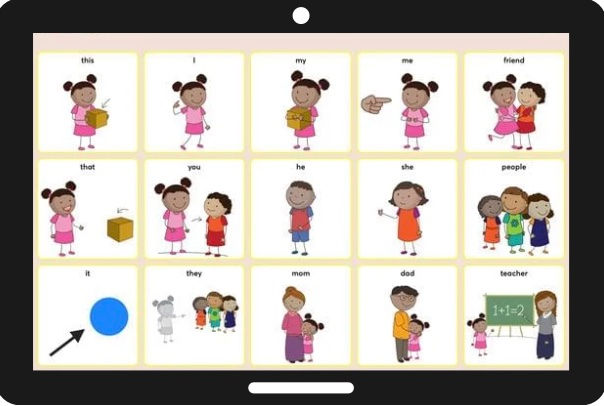Assistive Technology: Breaking Down Barriers by Leveling the Playing Field
- Elyza Polsky

- May 4, 2023
- 2 min read

Assistive technology (AT) is any item, piece of equipment, software program, or product system that is used to increase, maintain, or improve the functional capabilities of persons with disabilities (ATiA, 2020). It does not eliminate a student's learning disability, but it gives them a chance to work to their full potential and at the same level as their non disabled peers. It can also increase students' sense of independence, as they are no longer overly dependent on teachers and parents. (Turner, 2020)
Most often I find myself having to explain how the assistive technology my students use works, and why it does not give them an unfair advantage over other students in the class. I often must advocate and remind staff that assistive technology is required and not merely an option to be used when remembered or in circumstances they deem necessary. Phrases such as “unfair advantage” have been used when discussing assistive technology in the class. This way of thinking has to be countered by explaining that AT levels the playing field and ensures that all students have equal access to education and opportunities.
In the general education classroom, students with atypical hearing can experience challenges listening to teacher-directed lessons or participating in small group discussions. Remote microphone systems, which use a wireless microphone to amplify the teacher’s voice and send it directly to a student's hearing aid technology, closed captioning, which can be used to caption videos, as well as real-time captions, which can provide speech-to-text transcription instantly are just a few examples of AT used to remove/overcome barriers .
Assistive technology can also improve a student’s sense of independence and self-esteem, and increase and enhance social interactions. For autistic students, the use of an AAC (augmentative/alternative communication) device can provide them the ability to communicate in an independent manner and in a way where they can control what they want to express. The student is given an opportunity to function without having to depend on another person.
These assistive technologies do not provide an unfair advantage to any one student above any other but rather they minimize the barriers and allow the student to capitalize on their strengths. Many of the ATs can benefit the entire class, such as closed captions, and as such should be part of the Universal Design for Learning.
Turner, E. (2020, November 23). Assistive technology for deaf/hard of hearing children. Assistive Technology. https://assistedtechnology.weebly.com/assistive-technology-for-deafhard-of-hearing-children-erin-turner.html



Comments